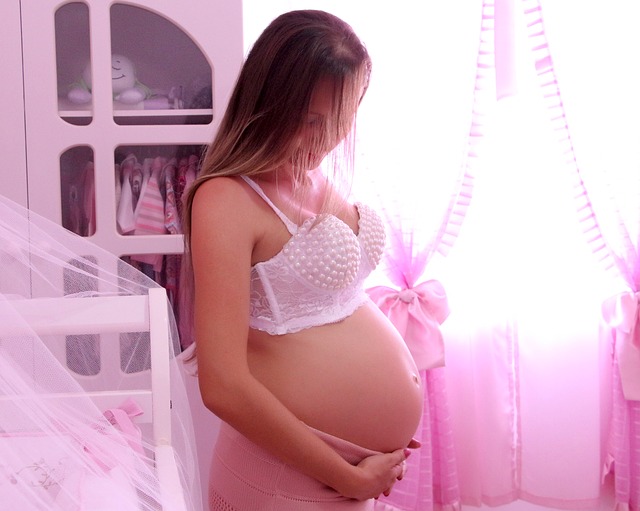The rate of infertility problem increases and it has found that 8% of women experienced fertility problem in their childbearing age. IVF advancement seems like a god gift for such cases and millions of women giving birth by opting IVF technique.

In the usual IVF process, More than one embryo is transferred to the womb for maximizing the successful birth. But in this process, the risk of multiple pregnancies and related complications like low birth weight, premature delivery, maternal health impairments are high.
Fertility specialists often implant multiple embryos to try to maximize the chances of having one successful birth, but the process is imprecise and can result in multiple pregnancies, which carries its own risks, such as low birth weight, premature delivery, and maternal complications. Thus the investigators developed another computational approach that can take into account maternal age and the quality of multiple embryos to determine the best combination to achieve a single live birth.
The NPJ Digital Medicine published a study result in 4th April 2019 reported that investigators of this study used twelve thousands photos of human embryos, which were specifically taken 110 hours after fertilization to monitor an artificial intelligence algorithm to distinguish between high and low-quality embryo. The aim of this research study is to improve the fertility rate along with reduced complication by selecting and transferring the single high-quality embryo.
The researchers of this trial stated that the quality of embryo selection for IVF was dependent on human perception before conducting this investigational study. This study is the first initiation had taken by the researchers in which deep learning algorithm used to evaluate the human embryos images. Deep learning is an approach of artificial intelligence that provides a rough representation after neural networks evaluation of the brain. This is a complex process.
Currently, the process of embryo selection to provide best pregnancy outcome is a subjective process. Experienced embryologists have also agreed that it is difficult to predict the viability of individual embryo by considering the morphological manifestation of the exterior at the blastocyst stage, in which embryo contains only 200 to 300 cells.
In this study, embryologist had allocated different grades to assign each embryo in the specific grade by considering different factors of the appearance of the embryo for precise assessments. Investigators of this study statistically analyzed the embryo of the specific grade and measured the probability of successful pregnancy outcome. The embryos with 58% probability were considered as high-quality embryos, whereas embryos had bellow 35% probability was considered as low-quality embryos. After completion of the novel algorithm base system could classify the embryos with 97 percent accuracy. Researchers were quite hopeful that this investigational test success could showcase the assessment technique of embryo selection process for future practice.



